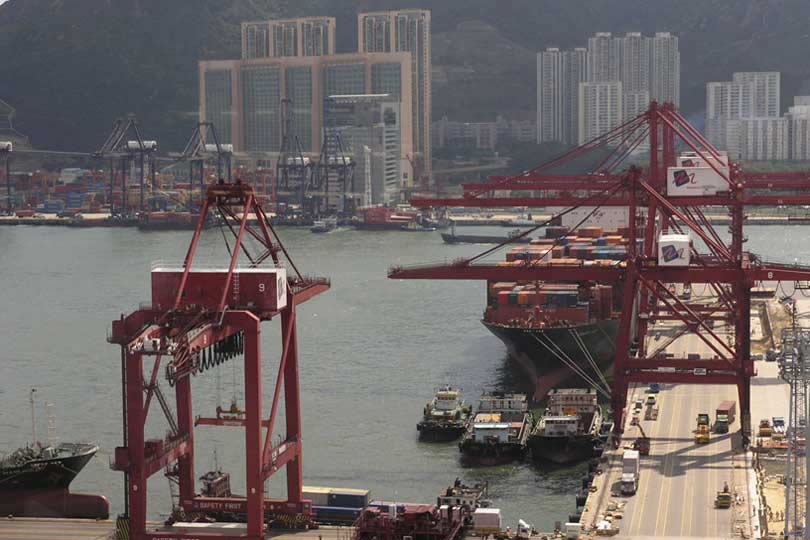By Justin Walker
Communications Specialist
American farmers and ranchers faced many issues during 2018, with trade being one of the larger concerns during the year.
While the trade situation with China continues to be a work in progress, U.S. Secretary of Agriculture Sonny Perdue believes the U.S. may have relied too heavily on the country.
“I’m concerned that we may have grown too dependent on a major customer that doesn’t have our best national interest in their thinking,” Perdue said.
In order to avoid putting all of its eggs in one basket, the U.S. Department of Agriculture (USDA) is looking for ways to diversify global market opportunities for agricultural goods, Perdue said.
Undersecretary for Trade and Foreign Ag Affairs Ted McKinney is leading that charge.
McKinney spent much of 2018 visiting with leaders from other countries to identify markets U.S. agriculture can supply goods to, including Indonesia.
USDA tripled its international trips in an effort to expand its reach, McKinney said. Those trips are not just to visit with representatives from those countries but also with leaders from neighboring countries. In an October 2018 trip to South Africa, McKinney met with representatives of 11 countries in the southern region of Africa to promote agricultural trade.
Others are also working to increase trade opportunities.
Ken Isley, head of USDA’s Foreign Agriculture Service, travelled to South Korea in November 2018.
“When we look at agriculture, the United States is South Korea’s number one supplier of agriculture and food products, with sales of approximately $7 billion in 2017,” Isley said. “That accounted for 25 percent of South Korea’s imports.”
Ag sales to South Korea rose 11 percent from 2016 to 2017, Isley said. The agricultural trade mission resulted in tens of millions of dollars in long-term deals between the two countries.
“We expect to end the year of 2018 very strong, with another outstanding growth rate year-over-year,” Isley said.
Officials are also looking for the next big market to replace China, and that could be India.
“Where’s the next China for us? Where are we going to find the next big bump? India is a great place to look,” Trade Counsel to the Secretary Jason Hafemeister said. “There’s a billion people in India. They have real production restraints in agriculture. They should be importing more food products.”
While there appears to be a lot of opportunity, it won’t be easy to enter the market, Hafemeister said. Many farmers in India are cautious of importing agricultural goods, he said, so it raises concerns of sending items to India soon.

